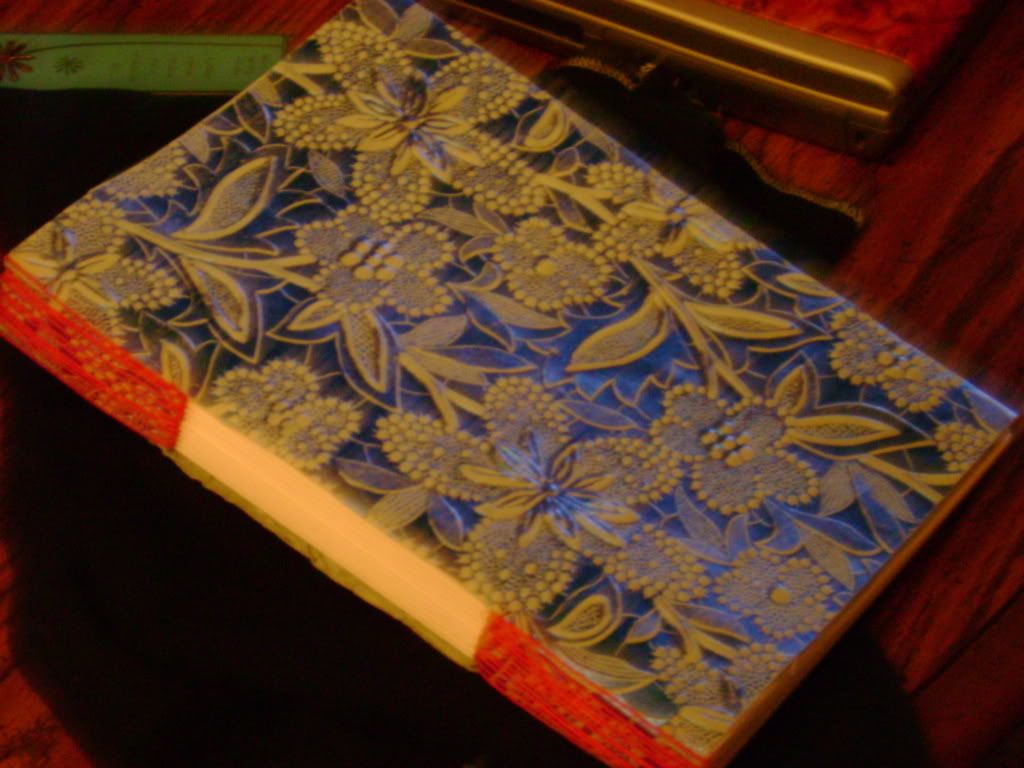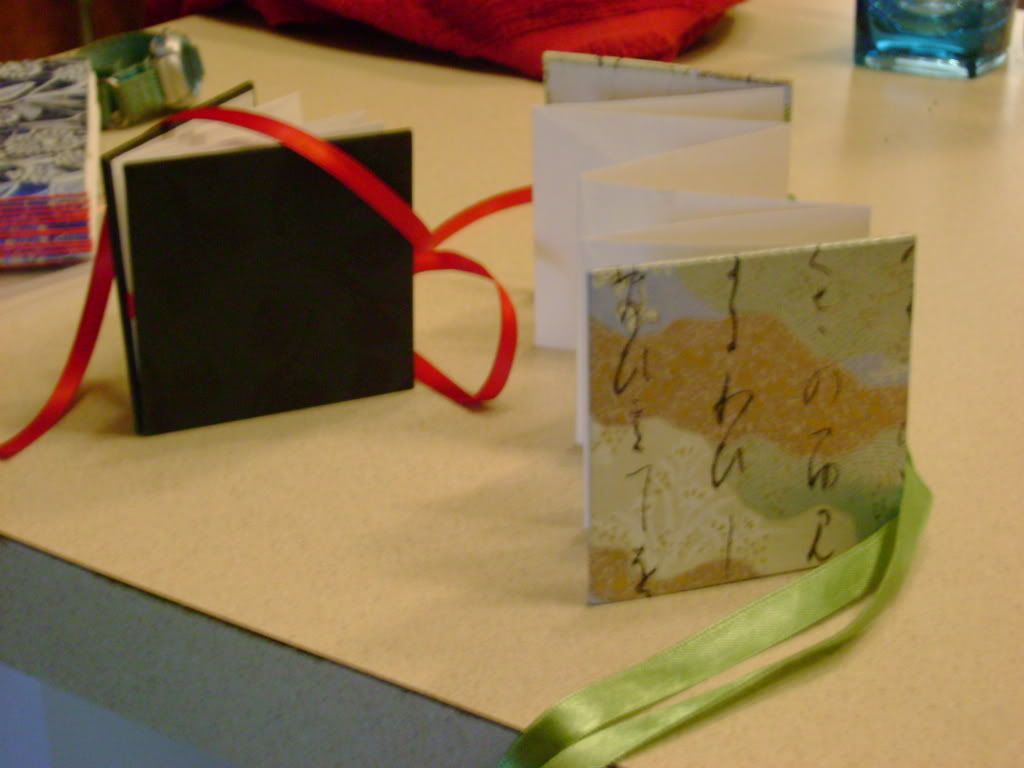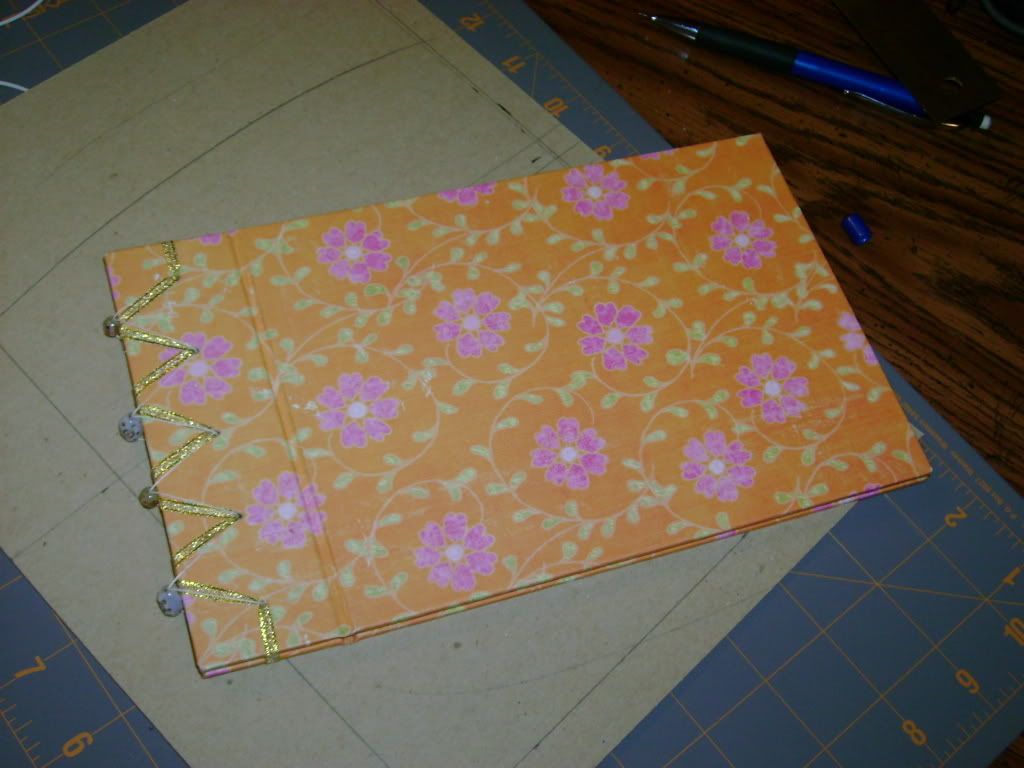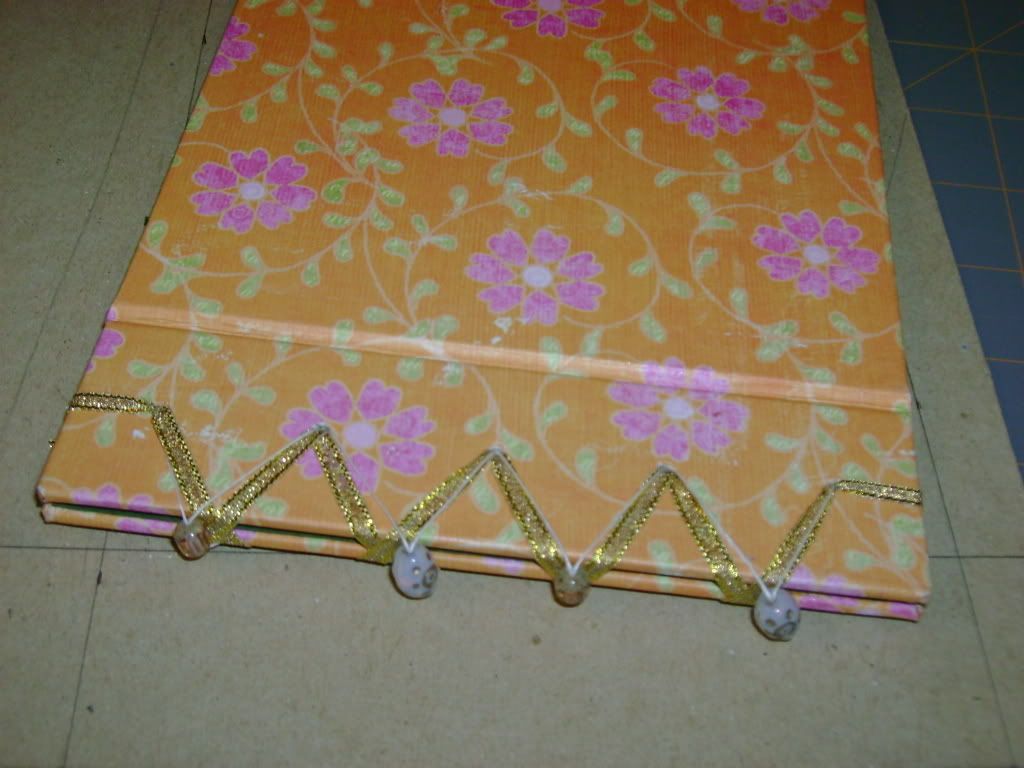Increasingly in the postmodern era (beginning in the modern), authors have started to think about that physical aspect: Joyce was concerned with how his words would look, physically, when laid out on a page for publication. Other authors were affected by the more concrete side of writing--getting paid--so they would write in such a way that would sell. For example, publishers liked to create books that were three volumes in length to get more money from both people who bought books and people who "rented" books through subscription libraries. Publishers would thus pay more for a book that could be three substantial volumes. Some authors would be paid per page, so they would either write more (like Dickens) or write huge amounts of short dialogue to have as much white space on a page as possible, like Edgar Rice Borroughs.
Thus, the physical form of the book can be just as interesting as what's inside. Those lovely leather bound editions of our favorite books appeal to that. Thus, my bookmaking.
Here is one of the first books I made:

It's a buttonhole binding style--that red thread you see on the spine is how it's sewn together. I gave it to Lance's mom as a birthday gift--it's a simple but beautiful book.
Here's a close-up of the spine:

Here's some cute little accordion books--the book has no "spine", and the pages fan out like an accordion:

Here is the Japanese stab-binding, which I mentioned in an earlier post:

It's a neat book because you can use varied colored ribbons and cool beads on the spine:

As you can see, there's a lot of versatility when it comes to bookmaking. I'm going to save some of the other books for another post.
No comments:
Post a Comment